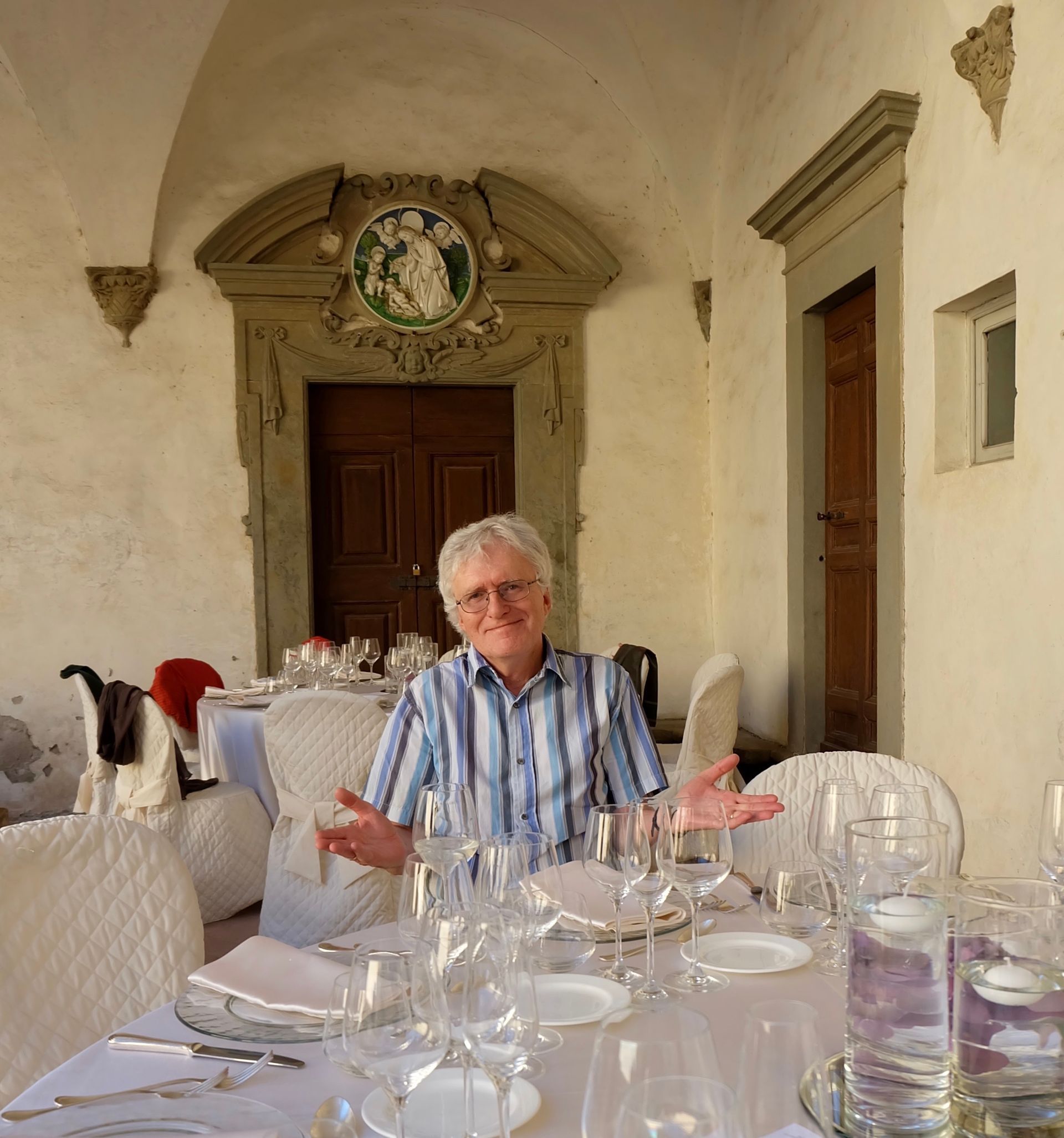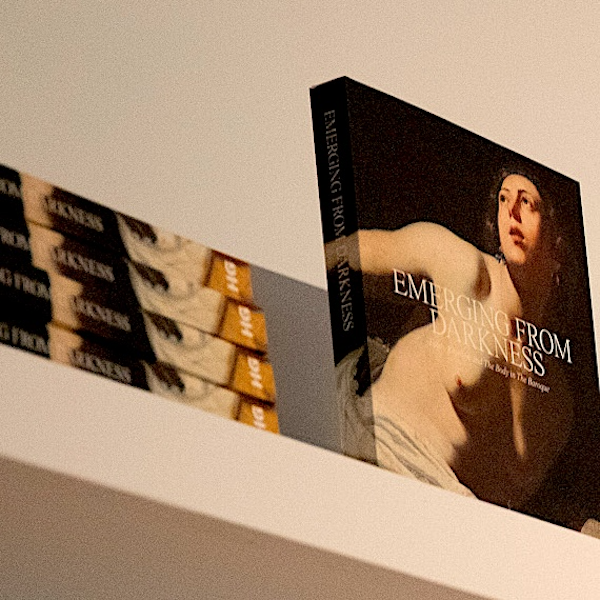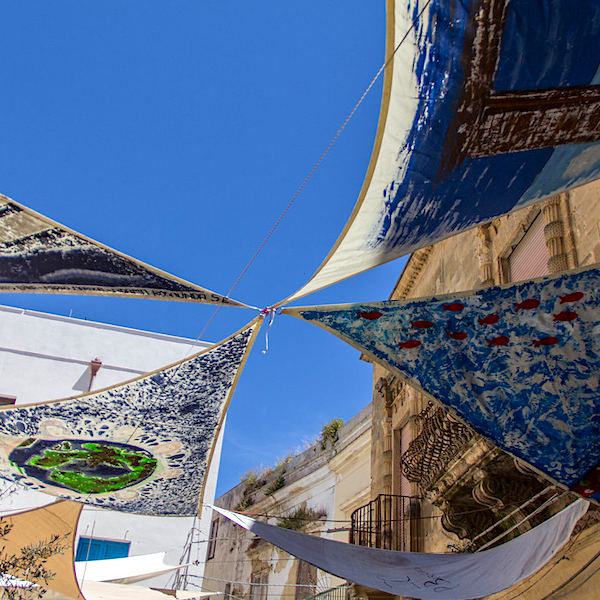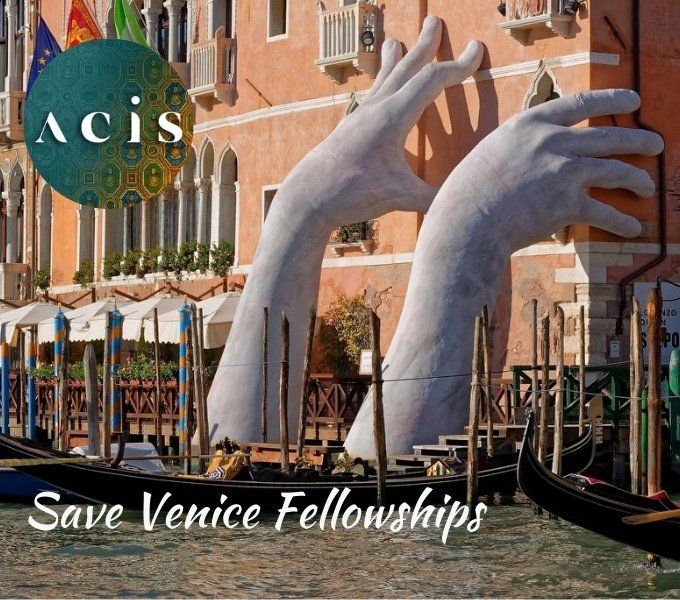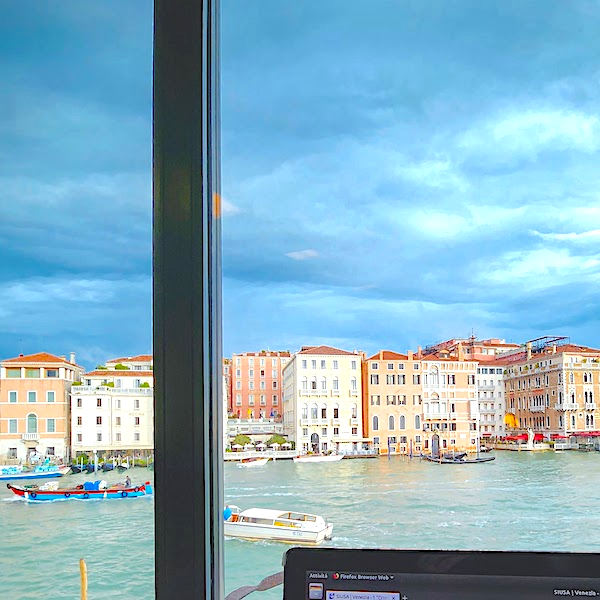Ermanno Olmi (1931 – 2018)
Gino Moliterno ANU
 Less than three weeks after the death of Vittorio Taviani the Italian cinema has lost another of its great veteran filmmakers – Ermanno Olmi who died on May 7. With a strong attachment to his peasant origins and his rural Catholic background, both of which were amply reflected in his major works, for the last 60 years Olmi had come to occupy a unique position within mainstream Italian cinema through a series of films that were remarkable for their honesty and authenticity and for their profound commitment to validating the ordinary lives and daily experiences of common people.
Moving from his native Bergamo to Milan in the immediate post-war period, Olmi began working for the Edison Volta power company for which, from 1953 onwards – and with no previous experience or training in filmmaking – he produced close to 40 educational scientific and industrial documentaries. Far from dry technological treatises, these short and medium-length documentaries always managed to find a human element around which to construct the narrative and thus emerged as little poetic gems of storytelling. From this extensive apprenticeship in filmmaking came his first feature, ll tempo si è fermato
( Time Stood Still,
1959), a slow-paced but intensely moving portrayal of a brief encounter between a veteran watchman and a temporary young recruit at an isolated hydroelectric dam in the mountains of northern Italy. Filmed entirely on snowbound location and with non-professional actors, the film displays an unflinching devotion to documenting the most minute of everyday events without extraneous artificial drama. Olmi’s next feature film, ll posto
( The Job,
1961), was a similarly understated but meticulously observed account of the Kafkaesque trials of a young man seeking a place in the office of a large and anonymous Milanese company. The film, a penetrating study of modern urban alienation, again acted by non-professionals and filmed in the offices of the Edison Volta where Olrni had worked, was awarded the Film Critics Award at the Venice Festival and brought Olmi to worldwide attention. His next film, I fidanzati
( The Fiancés,
1962), the story of a young couple forced into temporary separation by a company requirement for the man to move to Sicily, was also an acute study of loneliness and isolation. The distinctive style that Olmi developed in these early works explored a communication of human emotions through a relay of looks and silences rather than words and dramatic gestures.
Less than three weeks after the death of Vittorio Taviani the Italian cinema has lost another of its great veteran filmmakers – Ermanno Olmi who died on May 7. With a strong attachment to his peasant origins and his rural Catholic background, both of which were amply reflected in his major works, for the last 60 years Olmi had come to occupy a unique position within mainstream Italian cinema through a series of films that were remarkable for their honesty and authenticity and for their profound commitment to validating the ordinary lives and daily experiences of common people.
Moving from his native Bergamo to Milan in the immediate post-war period, Olmi began working for the Edison Volta power company for which, from 1953 onwards – and with no previous experience or training in filmmaking – he produced close to 40 educational scientific and industrial documentaries. Far from dry technological treatises, these short and medium-length documentaries always managed to find a human element around which to construct the narrative and thus emerged as little poetic gems of storytelling. From this extensive apprenticeship in filmmaking came his first feature, ll tempo si è fermato
( Time Stood Still,
1959), a slow-paced but intensely moving portrayal of a brief encounter between a veteran watchman and a temporary young recruit at an isolated hydroelectric dam in the mountains of northern Italy. Filmed entirely on snowbound location and with non-professional actors, the film displays an unflinching devotion to documenting the most minute of everyday events without extraneous artificial drama. Olmi’s next feature film, ll posto
( The Job,
1961), was a similarly understated but meticulously observed account of the Kafkaesque trials of a young man seeking a place in the office of a large and anonymous Milanese company. The film, a penetrating study of modern urban alienation, again acted by non-professionals and filmed in the offices of the Edison Volta where Olrni had worked, was awarded the Film Critics Award at the Venice Festival and brought Olmi to worldwide attention. His next film, I fidanzati
( The Fiancés,
1962), the story of a young couple forced into temporary separation by a company requirement for the man to move to Sicily, was also an acute study of loneliness and isolation. The distinctive style that Olmi developed in these early works explored a communication of human emotions through a relay of looks and silences rather than words and dramatic gestures.
Subsequent films such as E venne un uomo (A Man Named John, 1965), a respectful biography of Pope John XXIII, met with a mixed critical reception, but Olmi returned to international prominence with what for many will remain his greatest achievement, L’albero degli zoccoli ( The Tree of the Wooden Clogs, 1978). A loving re-creation of poor rural life in the peasant communities of Olmi’s native Bergamo region in the late 1800s, filmed entirely on location and acted solely by non-professionals, the film won the Palme d’or at Cannes and a host of other national and international awards. It was the closest that Italian cinema had come to repeating Luchino Visconti’s ill-fated attempt at absolute cinematic veracity in La terra trema ( The Earth Trembles ) and was fortunately recognised in all its merits, The New York Times calling it “a masterpiece” and The Village Voice deeming it “a cinematic miracle”.
In 1982, with the help of the enlightened manager of RAI’s first channel, Paolo Valmarana, Olmi founded an alternative film school at Bassano del Grappa. Called Ipotesi Cinema, it was structured more as a communal hands-on cooperative than a traditional school and had the explicit aim of helping younger directors successfully make and screen their first films. Among the alumni of the school and now successful filmmakers were Francesca Archibugi, Maurizio Zaccaro and Roberta Torre. After Camminacammina ( Keep Walking, 1983), a genial retelling of the biblical story of the Magi set in rural Lombardy on which he somehow managed to successfully cover all the roles of director, screenwriter, cinematographer, editor and costume and stage design, Olmi retired from filmmaking due to serious illness. He returned in 1987 with Lunga vita alla Signora! ( Long Live the Lady! 1987), a merciless look at the sclerotic stultification of upper-middle-class rituals, seen through the eyes of a young boy training in the hospitality industry. The film’s success at Venice (Silver Lion, 1987) was repeated a year later when La leggenda del santo bevitore ( The Legend of the Holy Drinker, 1988), a contemporary adaptation of an early 20th-century novel by Joseph Roth, received the Golden Lion. By contrast, ll Segreto del bosco vecchio ( The Secret of the Old Wood, 1993), an animistic fable adapted from a novel by Dino Buzzati, divided critics for its open ecological didacticism and for a style that was pejoratively characterized, in the words of an Anglosaxon critic, as “Bambi meets National Geographic.”
However, after extensive work with RAI television, for which he produced Genesi ( Genesis, the Creation and the Flood, 1994), an epic retelling of the first seven books of the Bible, Olmi returned to the large screen with the austere but visually stunning Il mestiere delle armi ( The Profession of Arms, 2001). A chronicle of the final days of the legendary Renaissance military leader Giovanni delle Bande Nere, the film documents with extreme dignity his slow and painful death provoked ignominiously by the newly invented firearm. The implicit antiwar message of Il mestiere was echoed in the charming Cantando dietro i paraventi ( Singing behind Screens, 2003), a fablelike and highly theatrical adaptation of a 19th-century Chinese poem in which Madame Ching, the wife of a treacherously murdered admiral, comes to lead a band of pirates to avenge her husband’s death but eventually, with victory assured, offers her enemies peace rather than death. For Olmi, ever the champion of a compassionate humanism, such a pacifist gesture is the only possible response to what has become the ongoing age of terror in the early 21st century.
After a passionate denunciation of inflexible religious orthodoxy in Centochiodi ( HundredNails , 2007) and a number of other documentaries, including one celebrating the enchanting wine region of the Valtellina and a feature-length contribution to The Slow Food movement (titled appropriately enough, Terra madre ), in 2014 he returned to once more express his pacifism on the big screen with Torneranno i prati ( The Meadows Shall Return ), a lacerating condemnation of the senseless slaughter of the First World War, filmed in the same area and in the same poetic style as his early documentaries. Then, after a decade of continuing to make films in spite of a declared intention to retire from filmmaking, in 2017 he rounded off his career with a full-length documentary on his friend and religious confidante, Cardinal Carlo Maria Martini.
Share this:
- Share on Tumblr
- </div></li><li class="share-end"/><li class="share-reddit"><div class="reddit_button"><iframe src="https://www.reddit.com/static/button/button1.html?newwindow=true&width=120&url=https%3A%2F%2Facis.org.au%2F2018%2F05%2F11%2Fermanno-olmi-1931-2018%2F&title=Ermanno%20Olmi%20%281931%20-%202018%29" height="22" width="120" scrolling="no" frameborder="0"/></div></li><li class="share-end"/></ul></div></div></div></div></div> <div id="jp-relatedposts" class="jp-relatedposts"> <h3 class="jp-relatedposts-headline"><em>Related</em></h3> </div></div> </div>
